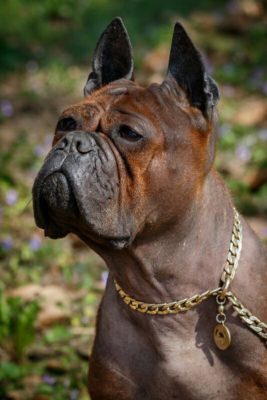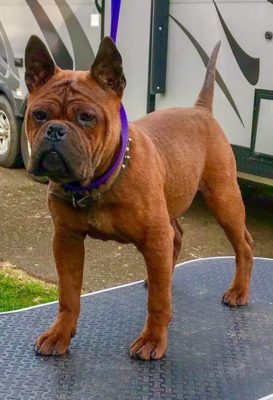Chinese Chongqing Dog
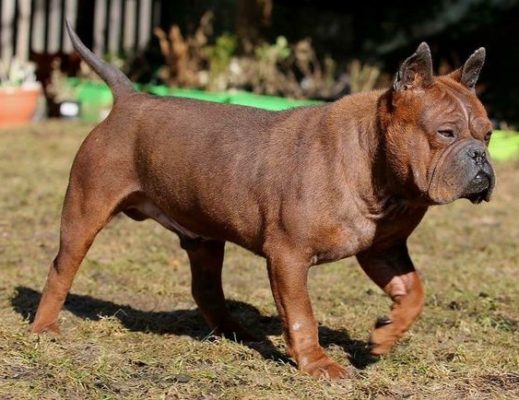
Chinese Chongqing Dogs are active dogs with strong character. They are independent and independent, so they are challenging to train. Dogs are devoted to one master and are patient with other family members. Representatives of the breed have an excellent guarding instinct. They are equally good at guarding people and territory.
Table of Contents
Breed Information
| Another Name | Chinese Bulldog |
| Origin | PRC |
| Height | Males small: up to 35 cm medium: 35-45 cm large: from 45 cm Females small: to 30 cm medium: 30-40 cm large: from 40 cm |
| Weight | Males small: up to 14 kg medium: 14-25 kg large: from 25 kg Females small: up to 12 kg medium: 12-20 kg large: from 20 kg |
| Fur | Short |
| Color | Brown, red |
| Lifespan | 12-16 years |
| FCI Classification | Breeds outside the FCI classification |
| Group | Hunting dogs, guard dogs, protection dogs, apartment dogs |
| Price | $3500-4500 |
Breed Photos
Origin History
This breed has a long history of origin. Mentions of similar dogs can be found in ancient documents of the Han Dynasty (206-220 B.C.). In 2000, archaeologists found dog figurines at a burial site that bear a certain resemblance to the Chinese Chongqing. The breed was formed in the Chongqing region, due to which it got its name.
Chinese Chongqing Dogs were sacred animals. They guarded the souls of the dead and accompanied them to the afterlife. Dogs were used for hunting medium and small game. They also defended the territory, crops from wild animals. The locals believed that dogs of this type protected them and their possessions from evil spirits.
Breeding and consolidation of the breed until the twentieth century was carried out only based on working qualities. The geographical isolation made it possible to avoid the admixture of other breeds. By the middle of the twentieth century, the number of the breed had significantly decreased because the new legislation forbade keeping pets. With the advent of the 1970s, the policy changed, and active work restored the Chinese Chongqing population. Today the breed is in the process of being recognized by the FCI. It is tentatively classified in the second group – Pinschers, Schnauzers, Molossers, Swiss Highlanders, and Cattle Dogs.
Appearance
There are three varieties of the breed – small, medium, and large. Work is underway to breed an “ideal” type, something in between the medium and large varieties. In general, Chinese Chongqing or Chinese Bulldogs are muscular animals of medium size. The muzzle is square. The dogs’ coat is short and stiff, and there may be a crest on the back.
Color – red, brown, sometimes black. On the muzzle is acceptable “mask” or patches. On the neck and muzzle laid folds of skin. Limbs straight, mobile joints. Paws dense, well-developed pads, claws short and stiff. Due to the structure of the body, the Chinese Chongqing has a springy movement. The eyes of representatives of the breed can be colored in any shade of brown.
Character
Chinese Chongqing Dogs are active dogs with strong character. They are independent and independent, so they are challenging to train. Dogs are devoted to one master and are patient with other family members. Representatives of the breed have an excellent guarding instinct. They are equally good at guarding people and territory.
Because Chongqing has previously been used as hunting dogs, they do not get along well with other pets, especially smaller ones, perceiving them as a game. Chinese Chongqing Dogs have high intelligence but low trainability. The training process will be slow. Dogs like to show their independence, so the breed is not suitable for inexperienced owners.
Care
The Chinese Chongqing breed is unpretentious in care. Animals have a smooth coat; it is enough to comb it out up to twice a month. The dog should be bathed when it gets dirty. Chinese Chongqing has no pronounced shedding period. The muzzle of the animals requires special care. Dirt may accumulate in the skin folds on the muzzle and neck. It must be removed with a damp cloth or tissue.
Training
Chongqing has a peculiar character and is difficult to train. The process of learning new commands will be slow. As a rule, animals obey only the owner. To train a pet, you need to establish a trusting relationship with him. Appreciate their independence and independent disposition, do not force the training; otherwise, the animal will resist. If you are unable to train your pet, seek help from a dog trainer.
Common Diseases
No serious abnormalities or diseases have been identified in the breed. Deterioration of health may be due to intolerance to cold.
Nutrition
The basis of the diet should consist of natural products. It is allowed to use dry food with a balanced composition. Chinese Chongqing will benefit from these foods:
- raw poultry meat, beef;
- rice, buckwheat groats;
- by-products;
- fresh carrots, pumpkin, zucchini;
- lean fish;
- fermented dairy products.
Particular attention should be paid to the nutrition of Chinese Chongqing Dogs during the growth period. To strengthen the skeleton, to form a correct bite, give puppies foods high in calcium, such as cottage cheese. Chinese Chongqing Dogs do not tolerate legumes, potatoes, and baked goods well. To avoid problems with the growing spine, secure a bowl of food/water at the pet’s height.
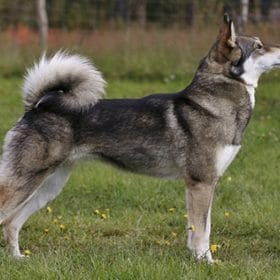 East Siberian Laika
East Siberian Laika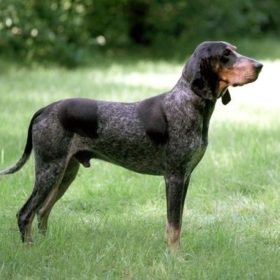 Lucerne Hound
Lucerne Hound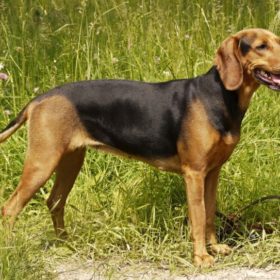 Serbian Hound
Serbian Hound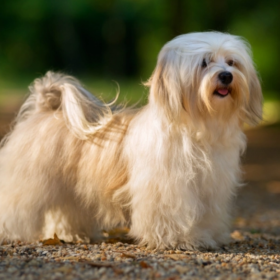 Havanese
Havanese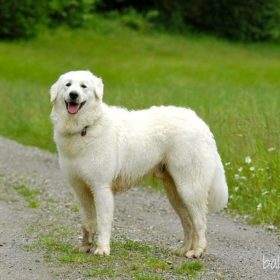 Kuvasz
Kuvasz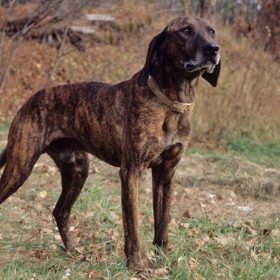 Plott Hound
Plott Hound